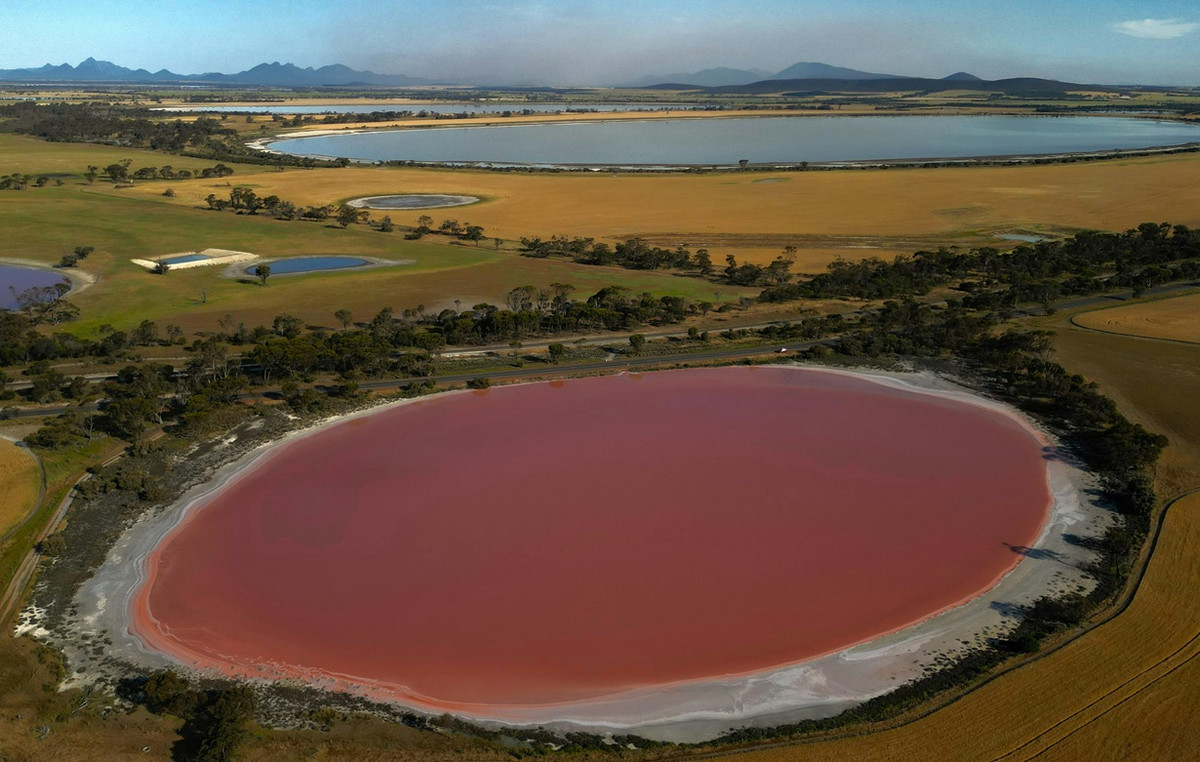He Governor of the Reserve Bank of New Zealand (RBNZ), Adrian Orrspoke about the outlook for monetary policy at a press conference following the announcement of Wednesday's monetary policy decision.
Featured Statements
Inflation is expected to return to the target band by the end of 2024.
National inflation will take time to fall.
The economy has a lower potential growth rate, but we don't know if this is temporary.
The upside room for inflation surprises is limited.
We are satisfied with the decline in inflation expectations, but it needs to continue falling.
The OCR trajectory is a central projection, not an absolute prediction.
In this meeting we really consider raising rates.
A lot of internal inflation affected by short-term factors.
Insurance, taxes, rental costs less sensitive to interest rates.
The RBNZ FAQs
The Reserve Bank of New Zealand (RBNZ) is the country's central bank. Its economic objectives are to achieve and maintain price stability – achieved when inflation, measured by the Consumer Price Index (CPI), falls within the range between 1% and 3% – and to support maximum sustainable employment.
The Monetary Policy Committee (MPC) of the Reserve Bank of New Zealand (RBNZ) decides the appropriate level of the Official Cash Rate (OCR) in accordance with its objectives. When inflation is above target, the bank will try to control it by raising its key OCR, making it more expensive for households and businesses to borrow money and thus cooling the economy. Higher interest rates are generally positive for the New Zealand Dollar (NZD) as they generate higher returns, making the country a more attractive place for investors. On the contrary, lower interest rates tend to weaken the NZD.
Employment is important to the Reserve Bank of New Zealand (RBNZ) because a tight labor market can fuel inflation. The RBNZ's goal of “maximum sustainable employment” is defined as the highest use of labor resources that can be sustained over time without creating an acceleration of inflation. “When employment is at its maximum sustainable level, there will be low and stable inflation. However, if employment is above the maximum sustainable level for too long, it will eventually cause prices to rise increasingly rapidly, requiring the MPC to raise interest rates to keep inflation under control,” the bank says. central.
In extreme situations, the Reserve Bank of New Zealand (RBNZ) may implement a monetary policy tool called Quantitative Easing. QE is the process by which the RBNZ prints local currency and uses it to purchase assets (usually government or corporate bonds) from banks and other financial institutions with the aim of increasing the domestic money supply and stimulating economic activity. QE generally results in a weaker New Zealand Dollar (NZD). QE is a last resort when simply lowering interest rates is unlikely to achieve the central bank's objectives. The RBNZ used it during the Covid-19 pandemic.
Source: Fx Street
I am Joshua Winder, a senior-level journalist and editor at World Stock Market. I specialize in covering news related to the stock market and economic trends. With more than 8 years of experience in this field, I have become an expert in financial reporting.







